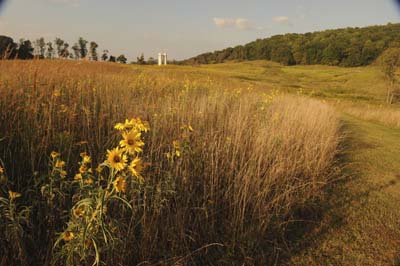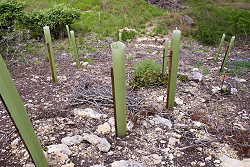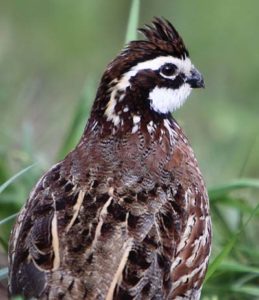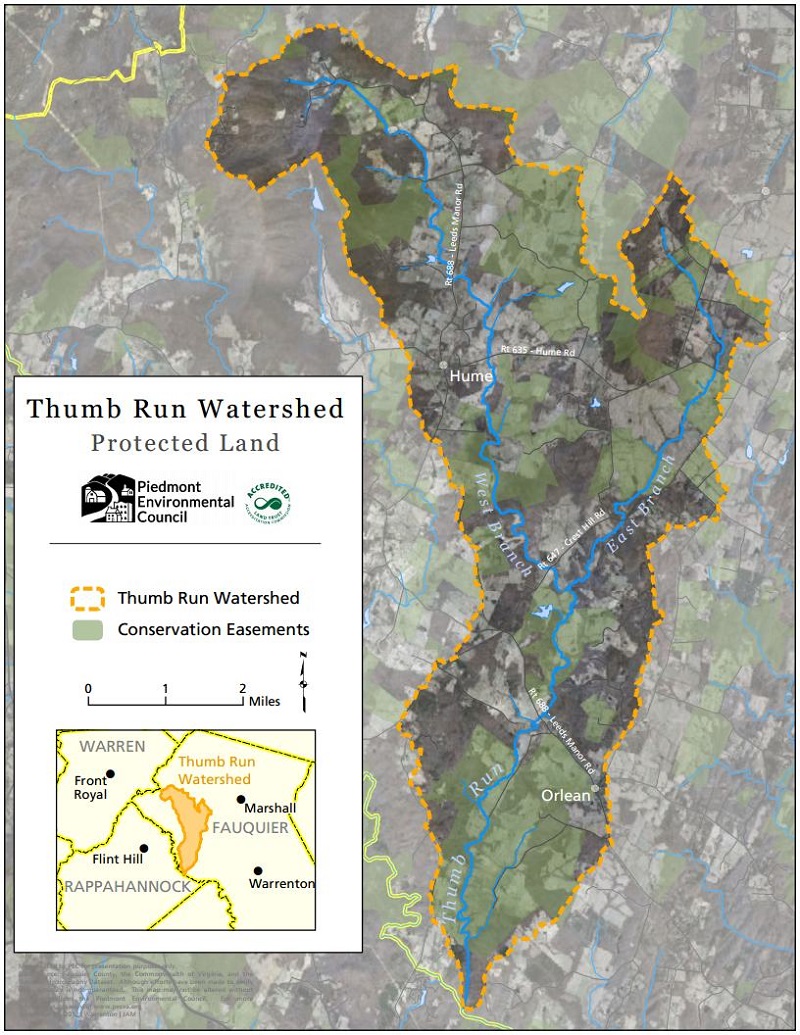Project Vision
To create an innovative model for multi-landowner wildlife habitat improvement in the entire Thumb Run Watershed. (see map below)
Project Overview

In June 2012, PEC received a grant from The Volgenau Foundation to improve wildlife habitat in the northwestern region of Fauquier County. This project area is geographically defined by the Thumb Run watershed; all water in the region drains into Thumb Run and eventually the Rappahannock River. Wildlife habitat improvement goals for this project align with state priority wildlife species including: early successional song birds, pollinators, freshwater aquatic species such as mussels, amphibians, and more. Improving the connectivity of habitat “corridors” such as riparian buffers is a key focus of the project. Habitat practices that have other environmental benefits such as improved water quality are also of high priority.
The Thumb Run watershed has over 600 private landowners. For this effort, PEC is developing a unique model of multi-landowner outreach and coordination to maximize conservation success among these many landowners. PEC will provide on-site wildlife habitat technical assistance to any interested landowner in the region. To maximize the potential for wildlife corridors, joint site visits with neighbors will be strongly encouraged.

PEC has also partnered with John Marshall Soil & Water Conservation District and Natural Resources Conservation Service to leverage these private funds. The Thumb Run watershed is an impaired stream due to pollution (see project rationale below). Currently farmers can receive financial assistance to improve water quality.
Additionally, PEC is implementing several new programs to improve habitat in the watershed, including:
- No-cost tree planting kits available to any landowner
- Backyard habitat cost-share program, where PEC pays 75% of plant material costs
Project Rationale

There are two major rationales for this effort. First, the Thumb Run watershed is listed as an impaired waterway in Virginia due to E. Coli levels. This provides an immediate reason to improve the water quality of the run for not only the health of the Chesapeake Bay, but also wildlife species of concern in the watershed. Currently there are at least two VA State Wildlife Action Plan (SWAP) aquatic species of concern in the watershed:
green darter mussel (Lasmigona subviridis, VA SWAP Tier 2) and yellow lance (Elliptio lanceolata, VA SWAP Tier 3; source John Marshall SWCD), both of which are sensitive to pollution levels. Additionally, creating quality wildlife habitat through stream buffering, native warm season grasses, etc. will benefit many species beyond just these mussels including birds (numerous VA SWAP species), mammals, and amphibians.
Secondly, this project has merit for its potential as a new model of conservation. Most wildlife species have habitat needs that are simply beyond the scale of a typical landowner. For example, while a covey of bobwhite quail may only require 15-20 acres of quality habitat, a permanent, sustainable quail population (multiple coveys) typically requires at least 2000 acres. Therefore, coordination to improve and connect habitat across multiple landowners is probably necessary if we want many species to thrive.

